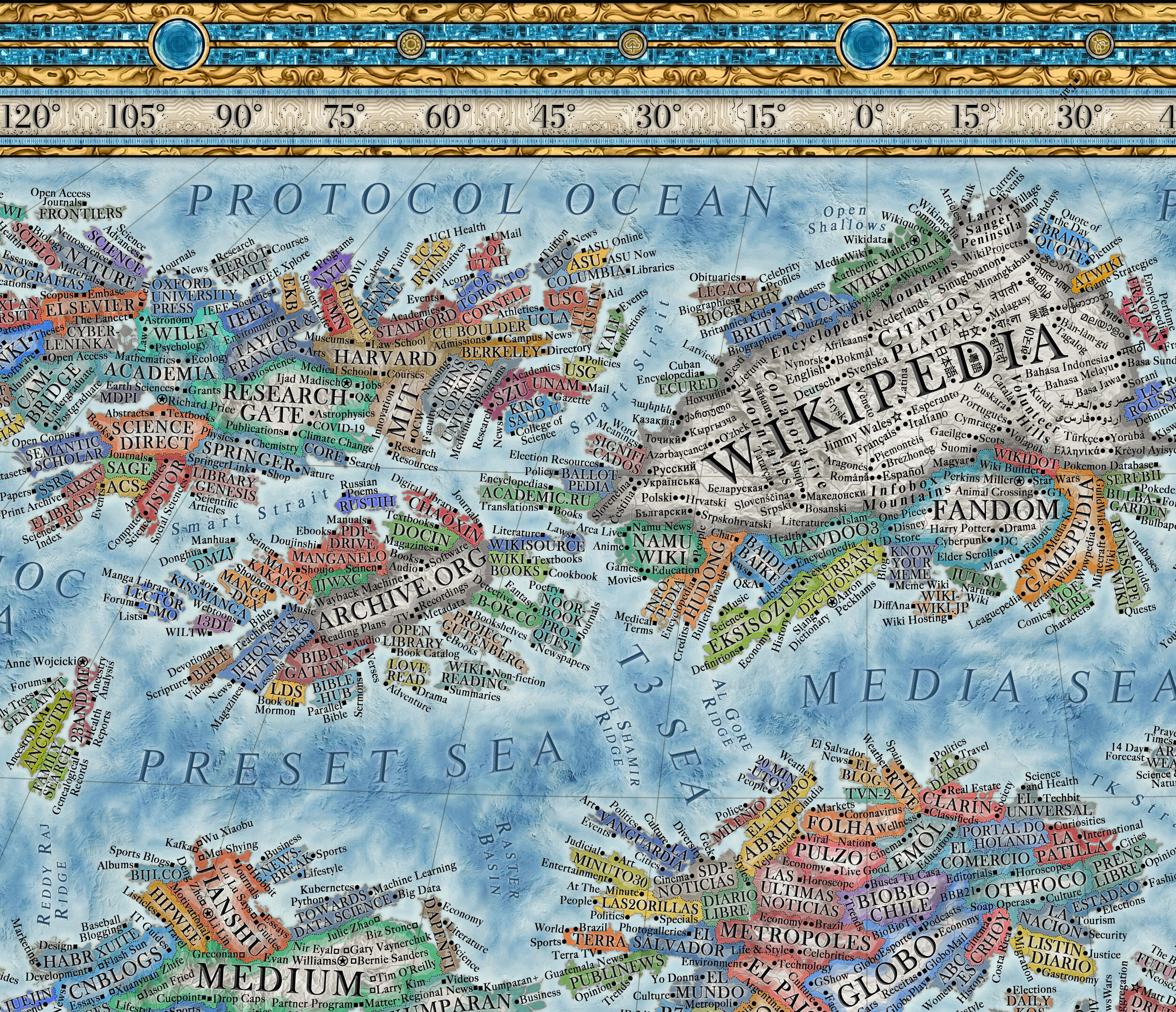What was the Velvet Underground? A Kim Fowly-like art project that outlived its impresario’s interest? A main vehicle for Lou Reed, rock’s egomaniac underdog (who was no one’s ingénue)? Was it three bands? 1. The Velvet Underground and Nico; 2. The Velvet Underground with John Cale; and 3. The Velvet Underground with Doug Yule after Cale’s departure. (Let’s pass by, for the moment, whether VU without Reed warrants a mention…)
Each iteration pioneered essential underground sounds — dirgy Euro-folk rock, strung-out New York garage rock, junkie ballads, psychedelic drone, experimental noise — nearly all of them channeled through Reed’s underrated guitar playing, which was, perhaps the most important member of the band all along. Whoever taped the Velvets (in their second incarnation) on March 15, 1969, on the last night of a three-show engagement at The Boston Tea Party in Boston, MA, seemed to think so. “The entire set was recorded by a fan directly from Lou Reed’s guitar amplifier,” MetaFilter points out.
The mic jammed in the back of Reed’s amp, a Head Heritage reviewer writes, produced “a mighty electronic roar that reveals the depth and layers of Reed’s playing. Over and undertones, feedback, string buzz, the scratch of fingers on frets and the crackle and hum of tube amps combine to create a monolithic blast of metal machine music.” Known as the “legendary guitar amp tape” and long sought by collectors and fans, the bootleg, which you can hear above, “serves as a testament to the brilliance and innovation of Reed’s guitar-playing — both qualities that are often underrated, if not overlooked entirely, by critics of his work,” as Richie Unterberger writes.
It should be evident thus far that these recordings are hardly a comprehensive document of the Velvet Underground in early 1969. Except for Mo Tucker’s glorious, but muffled thumping and some of Sterling Morrison’s excellent guitar interplay, the rest of the band is hardly audible. Songs like “Candy Says” and “Jesus” — on which Reed does not create sublime swirls of noise and feedback — chug along monotonously without their melodies. “It is frustrating,” Unterberger admits, “to hear such a one-dimensional audio-snapshot of what is clearly a good — if not great — night for the band” (who were far more than one of their parts). On the other hand, nowhere else can we hear the nuance, ferocity, and outright insanity of Reed’s playing so amply demonstrated on the majority of this document.
The tape circulated for years as a Japanese bootleg, an interesting fact, notes a Rate Your Music commenter, “considering this bears more similarity to recordings from the likes of [legendary Japanese psych rock band] Les Rallizes Dénudés than most of the Velvet Underground’s other material.” The recordings may have well paved the way for the explosion of Japanese psychedelic rock to come. They also demonstrate the influence of Ornette Coleman in Reed’s playing, and the liberating philosophy Coleman would come to call Harmolodics.
“Alla that boo-ha about whether Reed really was influenced by free jazz,” writes one reviewer quoted on MetaFilter, “can be put to rest here as he pulls the kind of wailing hallucinatory shapes from the guitar that it would take the goddam Blue Humans to decode a couple of decades later.” It may well overstate the case to claim that “Lou Reed single-handedly invented underground music,” but we can hear in these recordings the seeds of everything from Television to Sonic Youth to Pavement to Royal Trux and so much more. See the full tracklist below, a “classic setlist,” notes MetaFilter, “from around the time of their 3rd LP.”
I Can’t Stand It
Candy Says
I’m Waiting For The Man
Ferryboat Bill
I’m Set Free
What Goes On
White Light White Heat
Beginning To See The Light
Jesus
Heroin / Sister Ray
Move Right In
Run Run Run
Foggy Notion
Related Content:
Hear Ornette Coleman Collaborate with Lou Reed, Which Lou Called “One of My Greatest Moments”
The Velvet Underground Captured in Color Concert Footage by Andy Warhol (1967)
Josh Jones is a writer and musician based in Durham, NC. Follow him at @jdmagness












